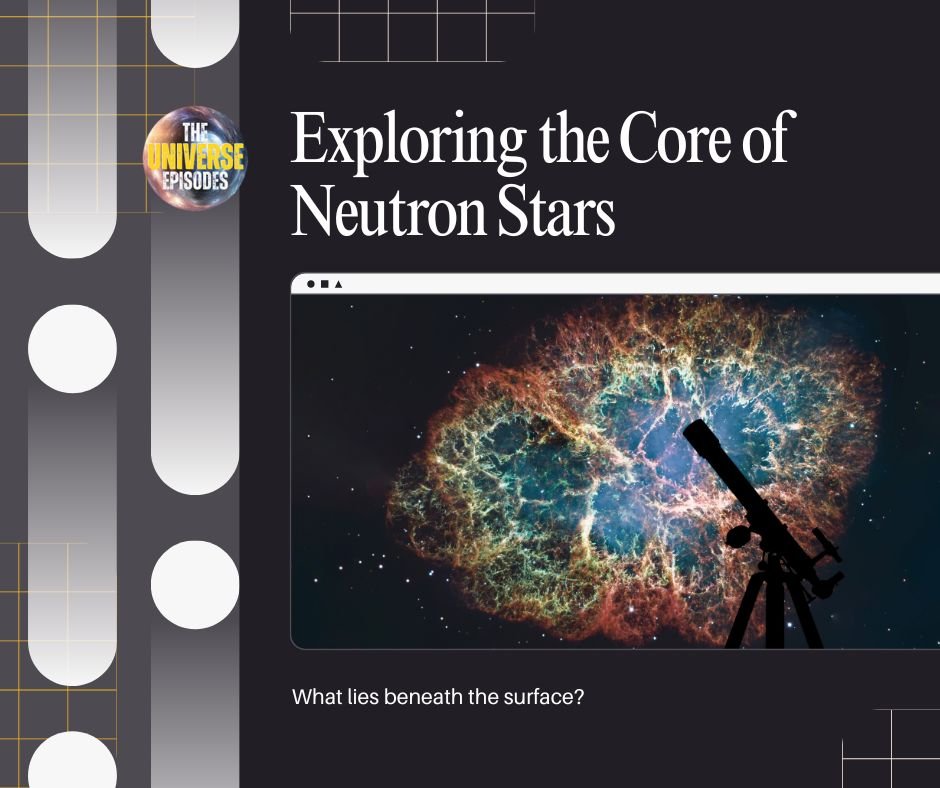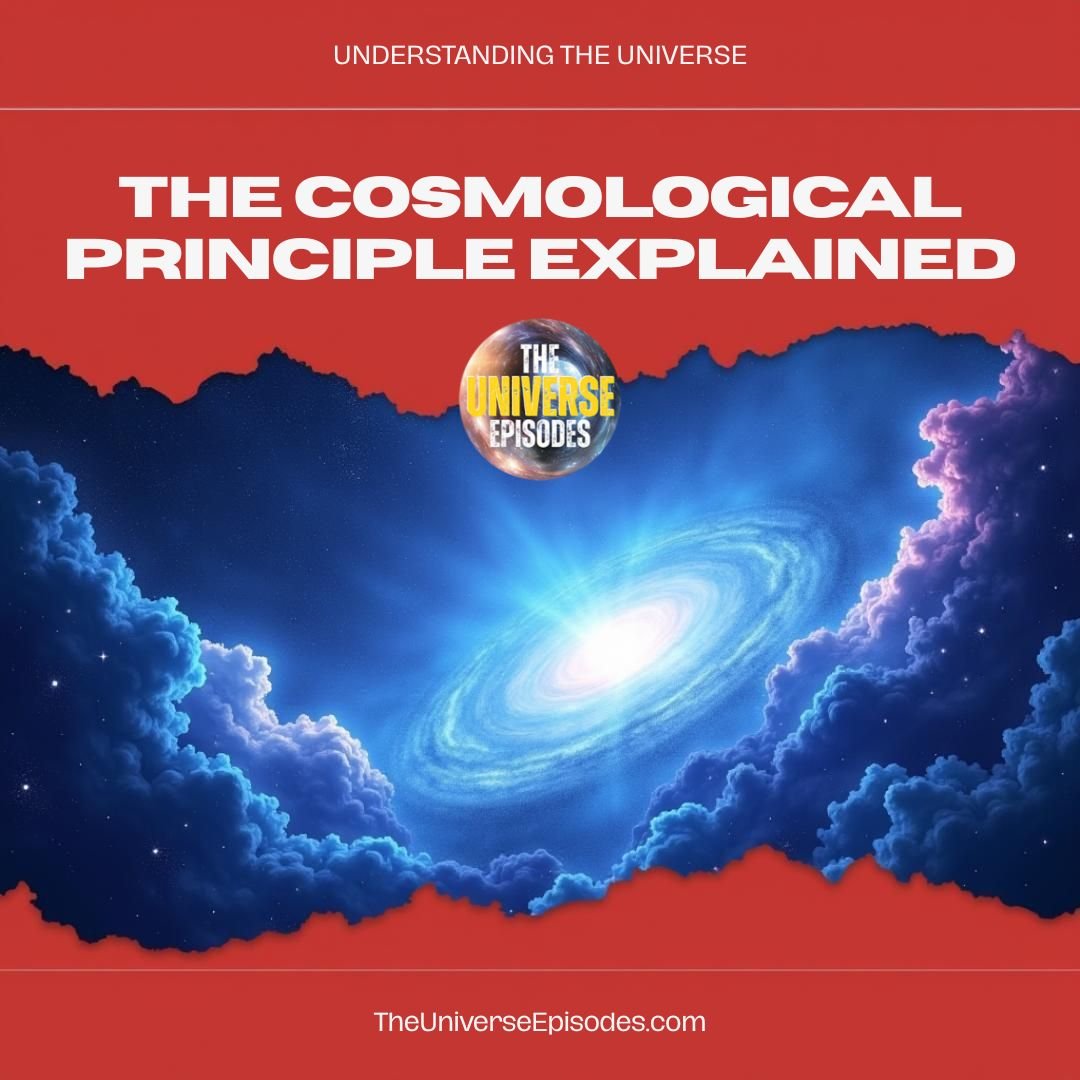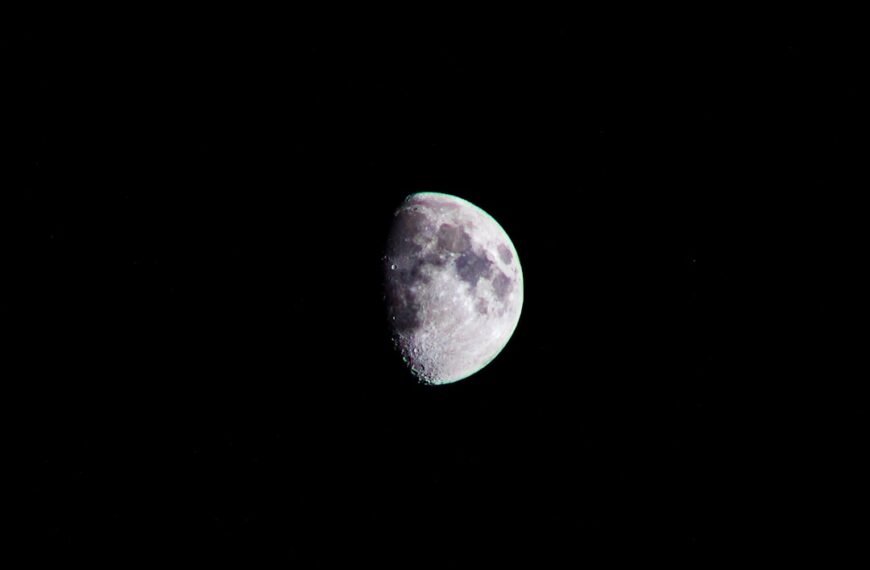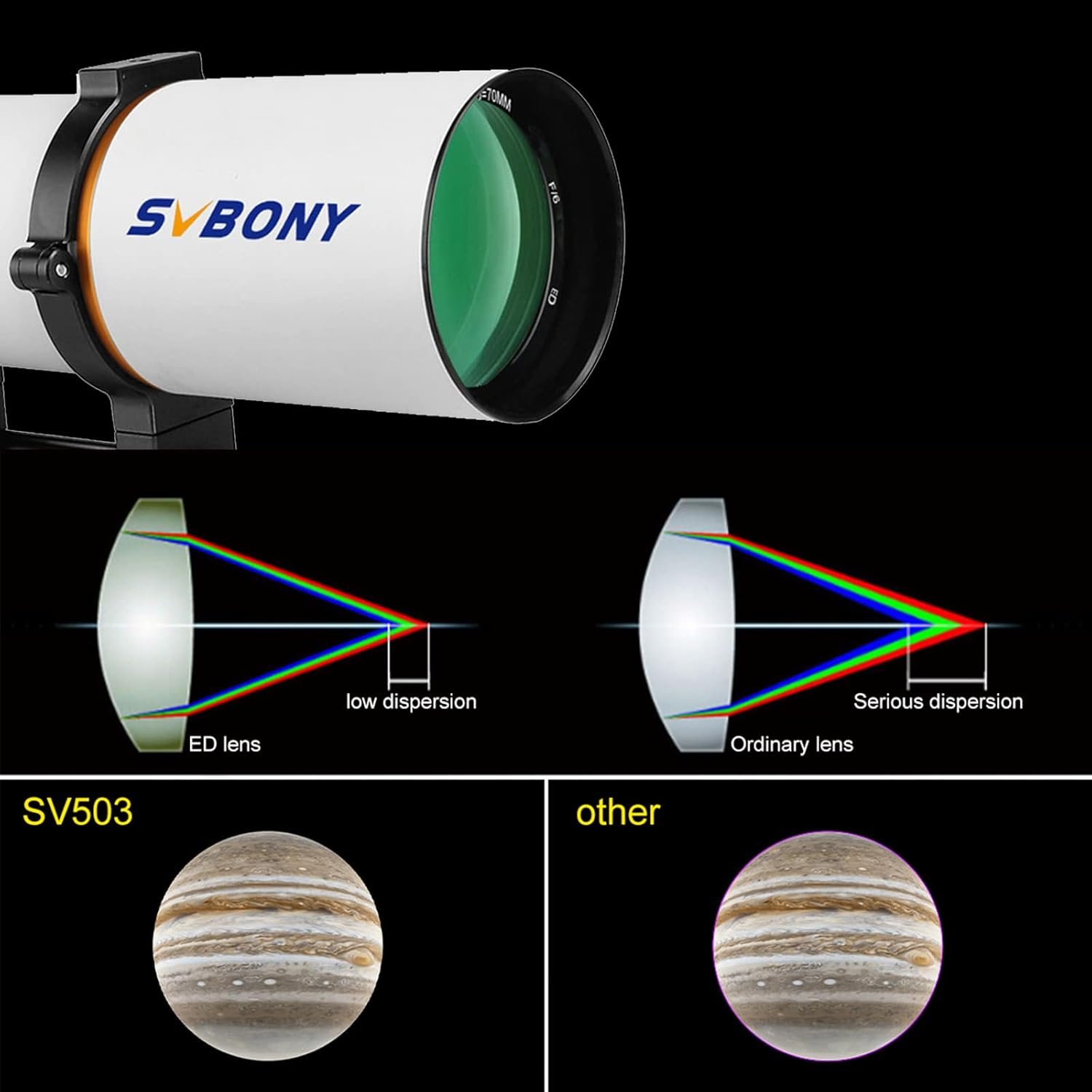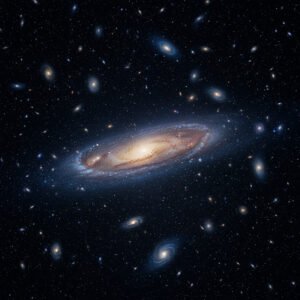Key Takeaways
- Neutron stars are dense remnants of massive stars, often just 20 km wide yet more massive than the Sun.
- Their extreme gravity and magnetic fields offer a natural laboratory for testing fundamental physics.
- The interiors remain mysterious, possibly containing exotic matter like hyperons or quark-gluon plasma.
- Technology like NICER allows scientists to explore these stars in unprecedented detail.
- Emerging theories suggest links between neutron stars and dark matter or Bose-Einstein condensates.
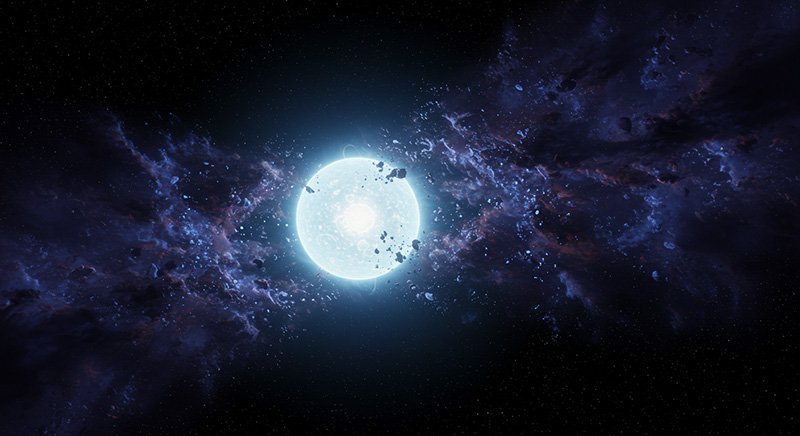
Have you ever found yourself captivated by the cosmic dance of the universe? Among the most mysterious objects in the cosmos, neutron stars push the boundaries of our understanding of physics. These stellar remnants, born from the fiery death of massive stars, pack unimaginable density and power. As scientists peer deeper into their cores, they uncover more questions than answers—about gravity, quantum mechanics, and the very fabric of matter.
What Are Neutron Stars?
Definition and Characteristics
Neutron stars form when a massive star exhausts its nuclear fuel and undergoes a supernova explosion. The outer layers are expelled, while the core collapses into an incredibly compact object. A typical neutron star is about 20 kilometers (12 miles) in diameter yet can contain 1.4 to 2.0 times the mass of our Sun.
Their surface gravity is so intense that a dropped object would accelerate to nearly half the speed of light before hitting the ground. Just a teaspoon of neutron star matter would weigh around a billion tons on Earth.
Formation Through Supernovae
After nuclear fuel is spent, the star’s core collapses, and electrons and protons merge into neutrons—a process halted only by neutron degeneracy pressure. This quantum force counteracts further collapse but doesn’t eliminate the star’s extreme density.
The Role of Neutron Stars in the Universe
Pulsars as Cosmic Clocks
Many neutron stars emit beams of radiation from their poles. As the star rotates, these beams sweep across space like lighthouses. Known as pulsars, these stars can spin hundreds of times per second, with timing more precise than atomic clocks. Pulsars help map space, detect gravitational waves, and deepen our understanding of galactic evolution.
Laboratories for Extreme Physics
Neutron stars offer the perfect setting to test the limits of physics. Collisions between neutron stars produce gravitational waves and heavy elements like gold and platinum. Studying these events allows scientists to evaluate theories of gravity, nuclear interactions, and even space-time.
Structure and Composition
Layered Anatomy
- Atmosphere: A thin shell of ionized hydrogen and helium.
- Outer Crust: Densely packed atomic nuclei and free electrons.
- Inner Crust: A mixture of neutrons, protons, and exotic atomic structures.
- Outer Core: A fluid-like state with free-flowing neutrons.
- Inner Core: Possibly composed of exotic matter like hyperons, quark-gluon plasma, or strange matter.
Nuclear Pasta
In the inner crust, extreme pressure distorts matter into unusual shapes—known as nuclear pasta (e.g., spaghetti, lasagna). This phase may be the strongest material in the universe and influences the star’s magnetic fields and rotation.
The Extreme Environment
Gravity
The surface gravity of a neutron star is around 2×10^11 times that of Earth. Light bends noticeably around these stars, causing gravitational lensing. Escape velocity reaches nearly 100,000 km/s.
Magnetic Fields
Some neutron stars, known as magnetars, possess magnetic fields a trillion times stronger than Earth’s. These fields can distort atomic structures and trigger starquakes—massive releases of electromagnetic radiation.
Mysteries at the Core
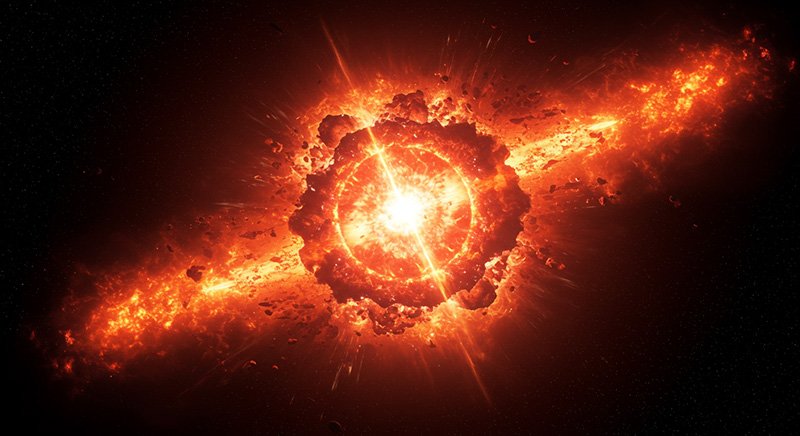
Exotic Matter Hypotheses
Scientists theorize that the core may contain:
- Hyperons: Particles with strange quarks.
- Quark-gluon plasma: A state where quarks and gluons move freely.
- Bose-Einstein condensates: Hypothetical collective states of matter at extreme densities.
Equations of State (EoS)
The EoS defines how pressure and density relate inside a neutron star. Measuring the EoS helps refine models of nuclear interactions. However, discrepancies in observational data continue to challenge current models.
Recent Discoveries and Notable Examples
Neutron Star J0740+6620
One of the most massive neutron stars ever observed, J0740+6620 has challenged assumptions about the upper mass limit. Its characteristics refine models of the EoS and hint at previously unknown internal structures.
Gravitational Wave Observations
Mergers observed via LIGO and Virgo provided the first multi-messenger astronomical data—combining light, gravitational waves, and neutrinos—to validate theories of neutron star behavior.
Tools of Exploration
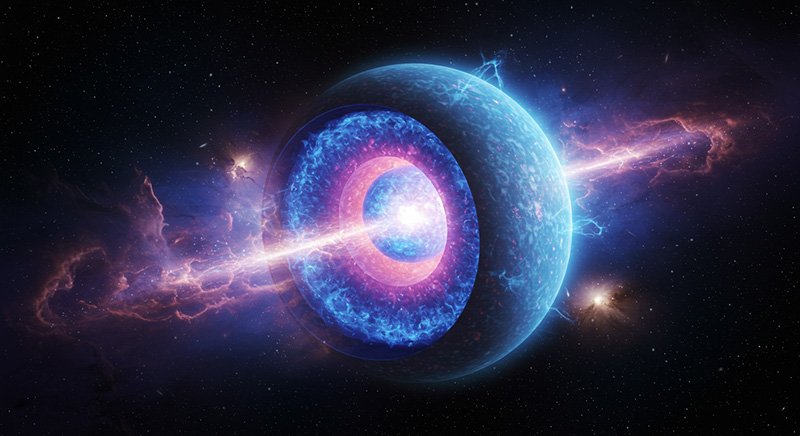
NICER (Neutron Star Interior Composition Explorer)
NICER, mounted on the ISS, uses X-ray timing to probe neutron star interiors. It provides high-precision measurements of pulse profiles, aiding in the determination of mass, radius, and internal composition.
Upgrades and Longevity
Although not designed for repairs, NICER has undergone maintenance and upgrades that extended its lifespan and significantly improved data accuracy.
Theoretical Frontiers
Dark Matter Interactions
Some scientists speculate that dark matter could accumulate inside neutron stars, influencing their mass-radius relationship or even triggering collapse under specific conditions.
Bose-Einstein Condensate Theory
In extreme environments, subatomic particles within the core may form Bose-Einstein condensates—states where particles lose individual identity and act as a unified quantum entity. This may help explain some of the unusual resistance neutron stars exhibit against gravitational collapse.
Historical Contributions
Ralph Fowler and S. Chandrasekhar
Ralph Fowler’s work on electron degeneracy and Chandrasekhar’s limit (the maximum mass of white dwarfs) laid the foundation for our understanding of neutron stars. These early 20th-century insights remain central to modern astrophysics.
From Theory to Discovery
Gravitational wave detections and modern X-ray observations have turned early speculation into active research. The blend of historical theory and contemporary tools has ushered in a new era of discovery.
Final Thoughts
Why Neutron Stars Matter
Neutron stars aren’t just space oddities—they’re critical to understanding fundamental forces, the lifecycle of stars, and the behavior of matter under extreme conditions. They serve as natural laboratories where theory meets reality.
The Journey Ahead
With continued advancements in observational tools and theoretical frameworks, neutron stars remain at the frontier of space science. Each new discovery reshapes our cosmic perspective, driving us closer to understanding the universe and our place within it.

